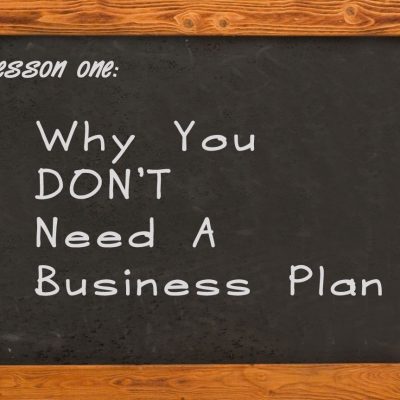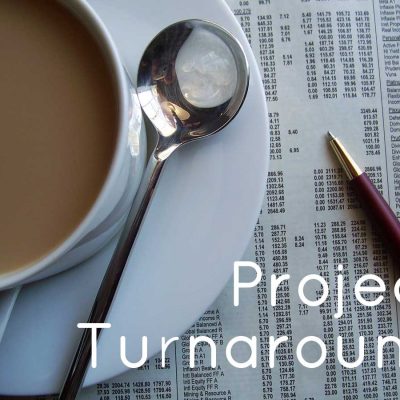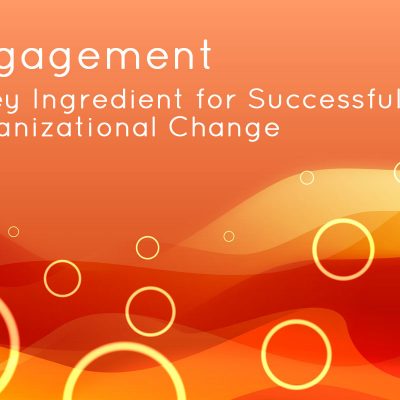 Death by email is becoming increasingly common. The average business person sends or receives 120 emails per day. Per day! And that number is only going to grow. The challenge with this volume of email every day is commonly referred to as death by email. Specifically, death of performance by email.
Death by email is becoming increasingly common. The average business person sends or receives 120 emails per day. Per day! And that number is only going to grow. The challenge with this volume of email every day is commonly referred to as death by email. Specifically, death of performance by email.
In a mentoring situation, my partner Ward was listening to a young man who had been carefully hired as just the best person for his job. For some time, he had loved his job and been good at it. He knew though, that his performance at work was going down and that he was no longer loving his job. He wanted to find that love for his job again. He wanted his performance to be what he knew he was capable of.
Hearing about this, I hoped his employers valued what a special young man they had in their employ, one who would take this initiative to close the gap between his potential and his results.
A high performer when he was hired, he could see his performance going downhill. The initial high performance was supported by the company having:
- A vibrant strategic plan
- Clarity about how the individual and team jobs were aligned with accomplishing the strategic plan
- A culture that he was told allowed for self-management within the framework of his job so that he could exercise his creativity, innovation, solution focus, and get the results he had been hired to achieve.
Ward thought that the company had a good operating matrix to support high performance. It was a challenge at first to discern what was getting in the way. Then, the reason came to the forefront. His new employers showered him with emails about things to be done. The young man experienced that:
- Some of the emails gave contradictory information.
- There was no general framework provided into which he could anchor the emails in any meaningful way.
- His sense of doing his part to accomplish his job within the strategic plan, and what he was directed to do in the emails was contradictory.
All of this created conditions that hindered his performance. Death by email was happening. The volume of emails took time to deal with. The contradictions meant he had to spend time figuring out what was right. He had to figure out what he was really supposed to be doing in support of the strategic plan and achieving his goals.
This young man would then be asked about something that had come to him via email ‘why is this not done?’. He would say he wasn’t sure what to do. The answer from the employer was ‘but I sent you an email’.
In the instance of yesterday’s mentoring session, the young man said to Ward that he had just received over forty emails. Every email contained things to be done. Most of the activity was busy-work. Focusing on the emails stopped him from being able to accomplish what was important or urgent in fulfilling his job.
Did the employers have awareness that through death by email, they were dampening the performance of a previously high performer? Probably not.
Ward and this young man developed a strategy of what he could do. By being aware of the problem, the first step had been accomplished. The next steps included speaking to his employers about developing a general framework and coordination regarding email with the hope that some changes could be made to prevent death by email. Perhaps changes that could be made company-wide to improve everyone’s productivity and job satisfaction.
If you are in a situation similar to this young man, what would you do in your company or organization to reduce ‘death by email’?
Photo Credit: Dan Mulligan | FreeImages.com











Leave a Reply
You must be logged in to post a comment.